Graphics Reference
In-Depth Information
Definition.
A
conic in the projective plane
, or a
projective conic
, is a set of points in
P
2
whose homogeneous coordinates (x,y,z) satisfy a quadratic equation of the form
2
2
2
ax
+++++=,
by
cz
dxy
exz
fyz
0
(3.39)
where (a,b,d) π (0,0,0).
First, projective conics are well defined in the sense that if one homogeneous coor-
dinate representative of a point in
P
2
satisfies equation (3.39), then they all do. Second,
every conic in the plane defines a unique projective conic because, switching to homo-
geneous coordinates, equation (3.35) changes into
2
2
2
ax
+
2
hxy
+
by
+
2
fxz
+
2
gyz
+
cz
=
0
.
(3.40)
Third, the condition that at least one of the values a, b, and d be nonzero is simply
the analog of the condition on the coefficients of an affine conic. It is an extremely
artificial condition at the projective level. The fact is that when someone says “conic”
one thinks of ellipses, hyperbolas, and parabolas. We were trying to exclude grossly
degenerate cases of equation (3.39) such as 0 = 0, which would have all of
P
2
as its
solution. The projective conics we are after are the “nondegenerate” ones that are
defined below. Our condition on the coefficients happens to capture (with foresight)
the equation form of the conic sections. Having said this, the fact that one can give a
complete analysis of the solutions to the general quadratic equation (3.39) is inter-
esting on its own, independent of any relation to conic sections. This equation-solving
mindset is the context in which we will be working right now.
Now equation (3.40) is also the convenient form for projective conics. Consider
the quadratic form
(
)
=+ ++ + +
2
2
2
q
x y z
,,
ax
2
hxy
by
2
fxz
2
gyz
cz
1
and its matrix
ahf
hbg
fgc
Ê
ˆ
Á
Á
˜
A
=
˜
.
(3.41)
Ë
¯
Note that equation (3.40) can be rewritten in matrix form as
xyzAxyz
T
(
)
(
)
,,
,,
= 0
.
(3.42)
Conversely, equation (3.42) defines a projective conic for any symmetric 3 ¥ 3 matrix
A satisfying (a,b,h) π (0,0,0). The next theorem shows that projective conics are actu-
ally very easy to describe if one chooses the correct coordinate system.
3.6.3. Theorem.
We can coordinatize projective space
P
2
in such a way that in the
new coordinate system the equation of the projective conic defined by equation (3.40)
has one of the following forms:


